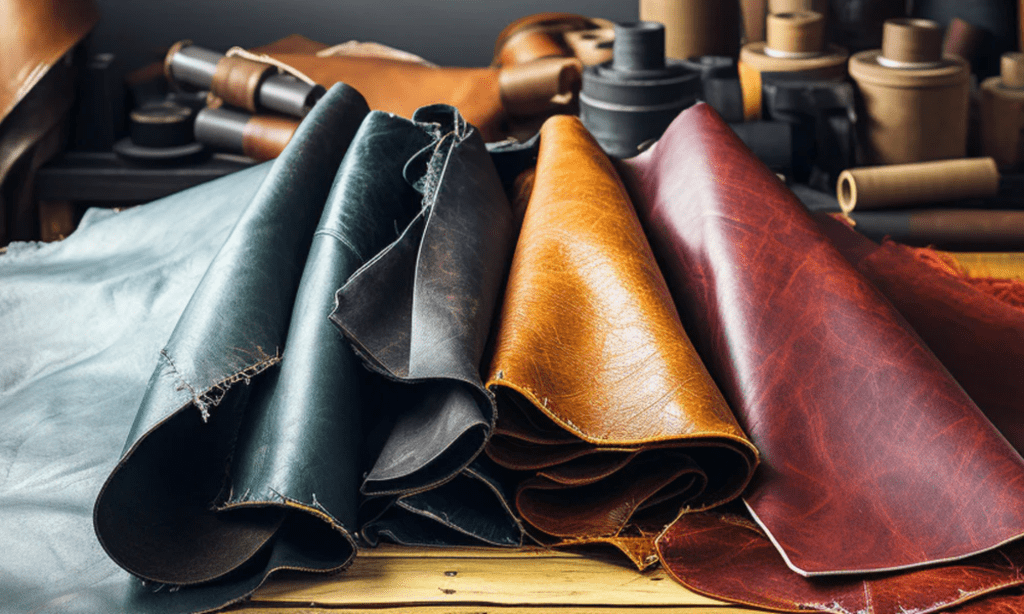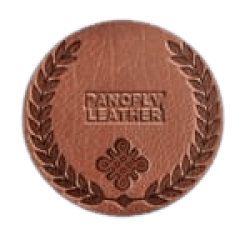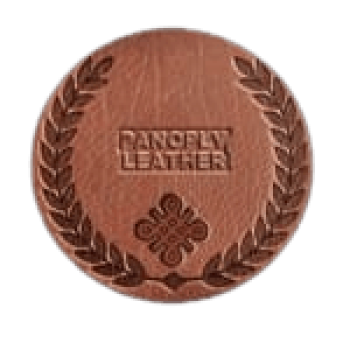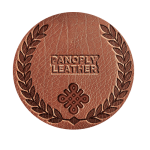When it comes to fashion and accessories, leather has always been a First choice. From the classic leather bag to the stylish leather laptop bag, It is a material of both elegance and toughness. However, the traditional leather production process has raised concerns about its impact on the environment. This has given rise to the popularity of environmentally friendly leather as a sustainable alternative. But what exactly is eco-leather, and how does it differ from traditional leather? Let’s delve into the world of eco-friendly leather to understand it better.
What Exactly Is Eco Leather?

Eco leather, or ecological leather, represents a sustainable and environmentally conscious alternative to traditional leather. It is manufactured using processes and materials that minimize harm to the environment. Unlike conventional leather, eco-leather aims to reduce its negative impact on ecosystems and animal welfare while maintaining the quality and appearance that leather enthusiasts admire.
What Sets Fossil Eco Leather Apart?
Fossil eco-leather stands out as a particular type of eco-leather that places a strong emphasis on sustainability. It is derived from renewable resources and incorporates innovative techniques to minimize waste and pollution. This type of leather aligns with the principles of a circular economy, where materials are reused and recycled, thus reducing the carbon footprint associated with leather production.
How Does Eco Leather Differ From Real Leather?
One notable distinction lies in the production process. Traditional leather production involves tanning animal hides with chemicals, whereas eco-leather relies on more sustainable methods like vegetable tanning or chrome-free tanning. Additionally, real leather often contributes to deforestation and greenhouse gas emissions, whereas eco leather prioritizes responsible sourcing and reduced environmental impact.
Is Eco Leather the Same as Faux Leather?
Eco leather should not be confused with faux leather. Faux leather, also known as synthetic leather or vegan leather, is entirely man-made from materials like polyurethane or PVC. While it’s animal-friendly, it doesn’t share the same durability and natural aesthetic as eco-leather. Eco leather bridges the gap by offering a sustainable option with the look and feel of genuine leather.
How Does Eco Leather Compare to Faux Leather in Terms of Environmental Impact?
In terms of environmental impact, eco-leather is a more responsible choice compared to faux leather. It minimizes harm to ecosystems and reduces the carbon footprint, making it the preferred option for eco-conscious consumers who want to enjoy leather products without compromising their values.
Is Eco Leather Considered Vegan Leather?
Eco-leather can be considered a form of vegan leather when it is produced without any animal-derived materials or by-products. It aligns with the principles of ethical fashion by avoiding harm to animals while still providing a luxurious leather experience.
Eco Leather vs. Bonded Leather: What’s the Difference?
Bonded leather, in contrast to eco-leather, is made from leather scraps and other materials that are bonded together. It lacks the sustainability and longevity of eco-leather, which is crafted using eco-friendly methods and high-quality materials. When choosing between the two, eco-leather stands out as the more environmentally conscious option.
Is Eco Leather Durable?
Yes, eco-leather is durable. It undergoes rigorous testing to ensure it meets the same quality standards as traditional leather. With proper care, eco-leather products such as leather bags and laptop bags can last for many years, making them a sustainable and long-lasting investment.
How Do You Clean Eco Leather?
Cleaning eco leather is straightforward. Use a mild soap or leather cleaner and a soft cloth to gently wipe away dirt and stains. Avoid harsh chemicals, as they can damage the eco-friendly finish. Regular maintenance will help preserve the beauty of your eco-leather items.
Leatherette vs. Eco-Leather: A Comparison
Leatherette is often a synthetic material made from plastics, whereas eco-leather is derived from more sustainable sources and processed with fewer harmful chemicals. When comparing the two, eco-leather emerges as the greener choice, offering a balance between authenticity and sustainability.
Why Opt for Vegetable Tanned Leather Over Eco-Leather?
While both vegetable-tanned leather and eco-leather are environmentally friendly options, some may prefer vegetable-tanned leather for its artisanal qualities and the natural aging process. It develops a unique patina over time, adding character to your leather products.
In Conclusion
In an era where sustainability and ethical choices are paramount, environmentally friendly leather has emerged as a responsible alternative to traditional leather. It combines the elegance and durability of leather with a commitment to reducing environmental impact. Whether you’re in the market for a leather bag or a leather laptop bag, choosing eco-leather is a step towards a greener, more responsible future. By making informed choices, you can enjoy the luxury of leather while minimizing your ecological footprint.




